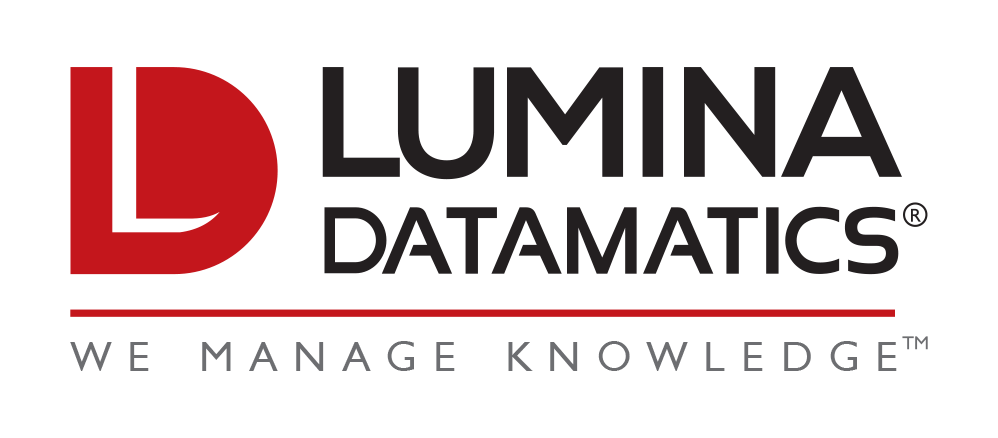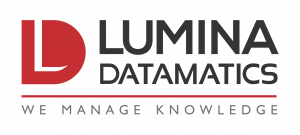Open access never seemed more significant in a time where it is most relevant. Access is the key here, and it seems appropriate that everyone that produces scientific journals is seeing a boon. For the uninitiated, open access journals remove price barriers and freely available scientific content to the reader. With many journals remaining in the traditional format, relying on library subscriptions alongside ever tighter library budgets, several new journals opt for the open access route.
Part of the reason why open journals are so popular is that they are far more cost-effective than traditional scientific journal publishing. For instance, traditional journals charge a very substantial rate of $100-250 each per page. On the other hand, Open Access (OA) journals typically charge a flat “article processing charge” that ranges between $8 and $5000. But there is a downside to an author publishing their work in an open-access journal. While more exposure is guaranteed under an OA scenario, it won’t be worth much if the publication is not a well-known brand. This is because publication in such journals can increase their chances of being promoted, gaining tenure, and obtaining funding grants. Moreover, the professional publishing business has only grown more robust in the face of open access, with it being estimated at revenue in the range of $10 billion a year. In 2010, Elsevier reported profits of $1 billion and a 35 percent margin.
The digital revolution is affecting all parts of the publishing industry. As a result, publishers have to keep making changes in the way they deliver journals, become more discoverable on the web, and be able to turn a profit. As journal articles get more open and searchable, the value will come from understanding what people search for—as Google long ago understood about the open web. STM publishers will benefit as more readers will have access to the content. How? For instance, take a recent case. Research Information noted that a Simba Information report said the journal Nature moved to an open access formula in December of 2014 after the publication came under criticism for stifling access to critical research with paywalls. In Nature’s model, research may be read online but cannot be printed or downloaded for free. This provides access for scientists without destroying the licensing process that the publisher uses to make money.
What open access does not change is the way journals are produced. While the costs are cheaper as a whole, the process more or less remains the same. This is why scholarly publishing service providers provide platforms that enable journal and STM/Scholarly publishers to create, edit, and proofread content, and deliver across print, online & digital channels. Some of these platforms host support services like Highwire, Silverchair, and Atypon, with an 8-day ‘manuscript to publish’ process. More importantly, they will deliver high-quality content faster, combined with project management capabilities and boost the publisher’s efficacy in the process.
The open-access debate will continue to rage on in the years to come. When it comes to OA journals, everything will be considered from the journal’s visibility and the publication speed. The journey has only just begun.
Sources:
- https://blog.oup.com/2017/11/scientific-publishing-heading/
- https://www.wired.com/story/its-gonna-get-a-lot-easier-to-break-science-journal-paywalls/
- http://reason.com/reasontv/2017/11/30/open-access-science-publishing-plos
- http://www.aje.com/en/arc/making-the-choice-open-access-vs-traditional-journals/
- http://www.aptaracorp.com/blog/open-access-stm-publishing-can-work-both-sides
- Image Source: Freepik/Pexels




Thanks a lot for the blog.Really looking forward to read more. Great.
Can you be more specific about the content of your article? After reading it, I still have some doubts. Hope you can help me.